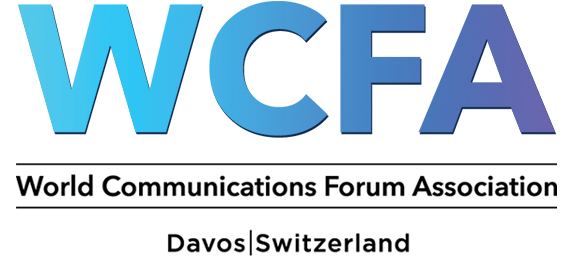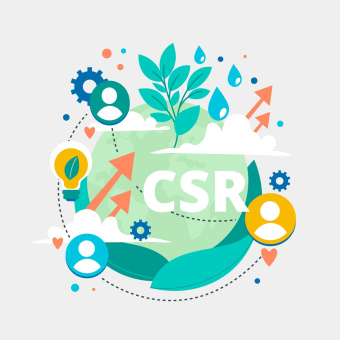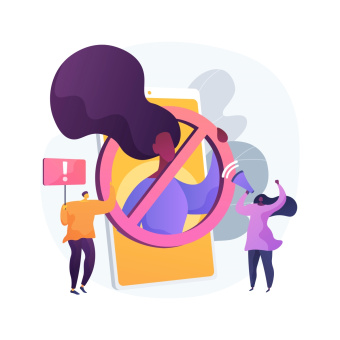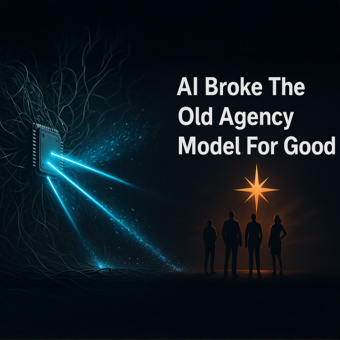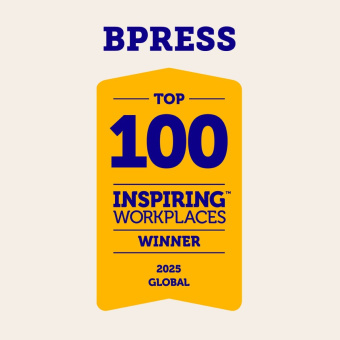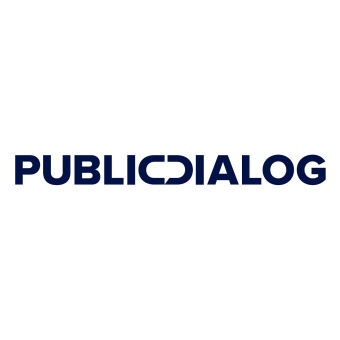
Cracking the Creativity Code: How Structured Thinking Drives Better Communications
In an industry where attention is limited and expectations are high, communicators are always looking for ideas that not only capture interest but also influence action. Many teams still rely on sudden inspiration to spark creativity, but leading practitioners increasingly argue that impactful ideas come from a structured, repeatable process, not luck. This case-study perspective explores how intentional frameworks can transform creativity into strategic thinking.
Understanding Your Audience Beyond the Surface
Effective creative work begins with understanding what truly motivates your audience. Surface-level insights aren’t enough; communicators need to explore emotional drivers, behaviors, and the cultural context shaping their audience’s worldview.
Consider the Dove “Real Beauty” campaign, which challenged traditional beauty standards by featuring real women of different shapes, ages, and ethnicities. The campaign resonated globally because it tapped into a deep cultural conversation about self-esteem and representation. It became a social movement precisely because it spoke to a real emotional need among its audience.
